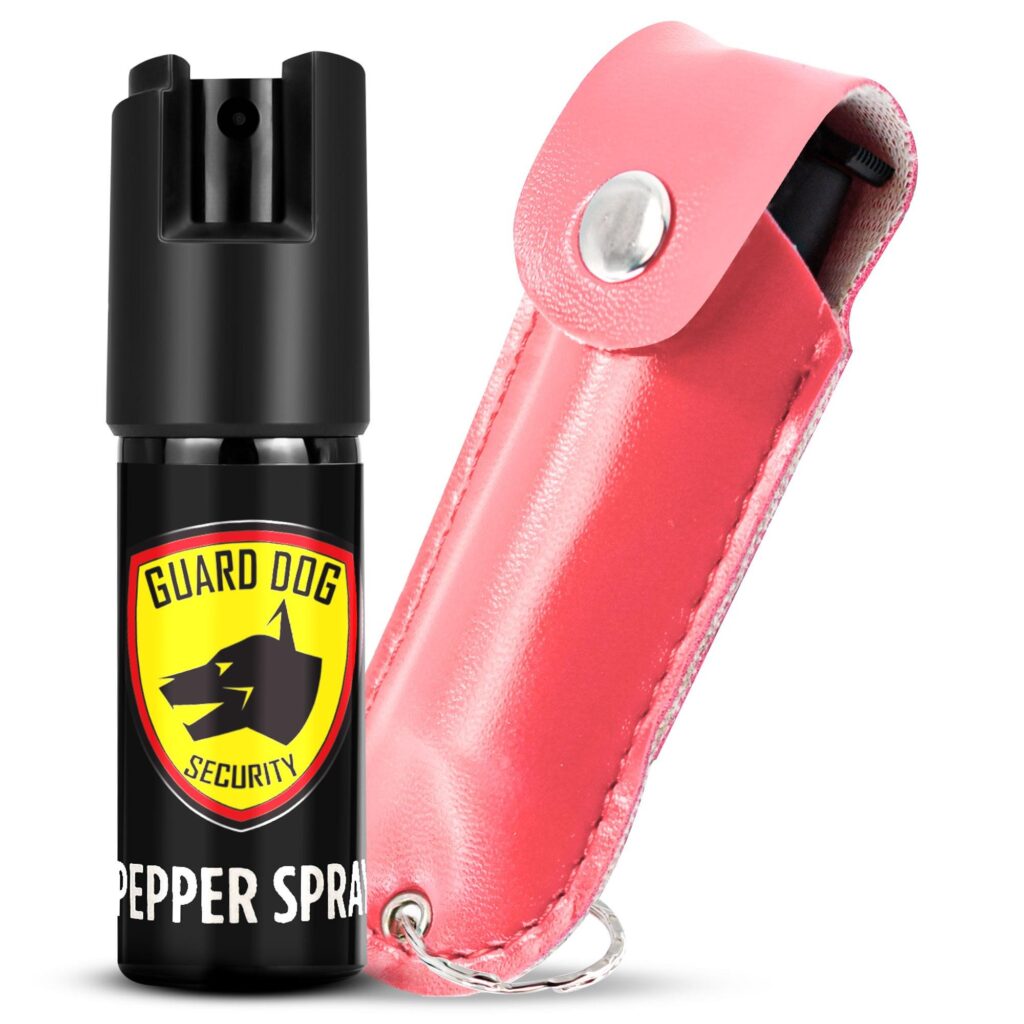Table of Contents
- Choosing the Right Pepper Spray for Campus Use
- Understanding Legal Considerations and Campus Policies
- Effective Techniques for Carrying and Using Pepper Spray Safely
- Complementary Safety Practices to Enhance Personal Security on Campus
- Closing Remarks
Choosing the Right Pepper Spray for Campus Use
Selecting the ideal pepper spray for campus safety requires careful consideration of several factors to ensure it’s both effective and compliant with campus regulations. First and foremost, prioritize compactness and ease of use. A pepper spray that fits comfortably in your hand or attaches discreetly to a keychain encourages consistent carrying and quick access during emergencies. Additionally, look for models with a reliable safety mechanism to prevent accidental discharge, but that can also be deployed swiftly under stress.
Beyond size and mechanism, consider these essential features when making your choice:
- Range: Campus environments often demand a spray with at least a 6-10 foot effective range, allowing you to maintain a safe distance from potential threats.
- Spray pattern: Fog, cone, or stream options each have pros and cons, with fog and cone sprays covering wider areas for maximum deterrence, while stream sprays offer precision to reduce cross-contamination.
- Legal compliance: Verify that the pepper spray’s formulation (commonly oleoresin capsicum concentration) adheres to state and college-specific laws, as restrictions can vary widely.
- Visibility and alarm features: Some products incorporate bright colors or audible alarms that add layers of security by drawing attention without needing to spray.
Understanding Legal Considerations and Campus Policies
Before deciding to carry pepper spray on campus, it’s crucial to familiarize yourself with both state laws and your college’s specific regulations. Laws regarding the possession, size, and concentration of pepper spray vary widely between states, and some institutions may prohibit carrying any form of self-defense sprays altogether. Failing to comply with these rules can lead to disciplinary action or even criminal charges. Always check with your campus security office or student handbook to understand the exact policies in place, ensuring you stay within legal boundaries while prioritizing your safety.
In addition to legality, understanding proper usage guidelines and storage requirements can shield you from unintentional consequences. Many colleges have policies on when and how self-defense items should be used, emphasizing restraint and responsible behavior. Consider these pointers:
- Carry pepper spray discreetly: Avoid unnecessary attention that might alarm others or cause panic.
- Store safely: Keep it in easily accessible yet secure locations to prevent accidental discharge or loss.
- Training: Familiarize yourself with effective deployment techniques and practice regularly for confidence.
By respecting these legal and institutional directives, you not only protect yourself but also foster a safe and supportive campus environment.
Effective Techniques for Carrying and Using Pepper Spray Safely
When carrying pepper spray, keeping it accessible yet secure is crucial. Opt for a holster or keychain attachment that allows quick access but prevents accidental discharge. Avoid storing it deep inside your bag or backpack, where retrieving it during an emergency could cause dangerous delays. Regularly check your pepper spray canister for expiration dates and signs of leakage to ensure it functions properly when needed. Remember, practicing drawing and handling it in a controlled setting can build muscle memory, giving you confidence and speed when it matters most.
Using pepper spray effectively goes beyond just pulling the trigger; understanding your environment and aiming wisely is key. Always aim for the attacker’s face, focusing on the eyes and nose, as the spray causes intense irritation and temporarily disables them. Avoid windy conditions or spraying indoors where the spray can blow back on you or affect bystanders. After deploying, make a swift exit to a safe spot and alert campus security or authorities immediately. Mastering these habits not only maximizes your personal safety but also ensures responsible and respectful use of this powerful tool.
Complementary Safety Practices to Enhance Personal Security on Campus
While carrying pepper spray is a proactive step towards personal protection, it’s crucial to integrate additional safety practices into your daily routine on campus. Being vigilant about your surroundings and avoiding isolated areas, especially during late hours, can significantly reduce the risk of potential threats. Always notify friends or family about your whereabouts, and consider using campus escort services when walking alone at night. Remember, a well-rounded approach to safety goes beyond any single tool.
Incorporate these tips for enhanced security:
- Keep your phone charged and easily accessible for emergencies.
- Enroll in self-defense classes offered by campus security or local organizations.
- Trust your intuition; if something feels off, seek help immediately.
- Join or form study groups to avoid traveling alone between classes.
- Familiarize yourself with the location of emergency call boxes and first aid stations.
Closing Remarks
In today’s campus environment, staying proactive about personal safety is more important than ever. Pepper spray can be a valuable tool for college students seeking an extra layer of protection, but it’s essential to use it responsibly and understand the regulations surrounding its possession. Remember, no single safety measure is foolproof-combining pepper spray with awareness, smart habits, and campus resources will help you navigate college life with greater confidence and security. Stay informed, stay prepared, and prioritize your well-being as you focus on making the most of your college experience.Check Our Other Blogs
- StunGun – Your Trusted Source for Stun Guns, Laws, and Self-Defense Tips
- PepperSprayLaws – Your Trusted Resource for Pepper Spray Information
- StunGunLaws – Your Trusted Guide to Stun Gun Legality and Safety




